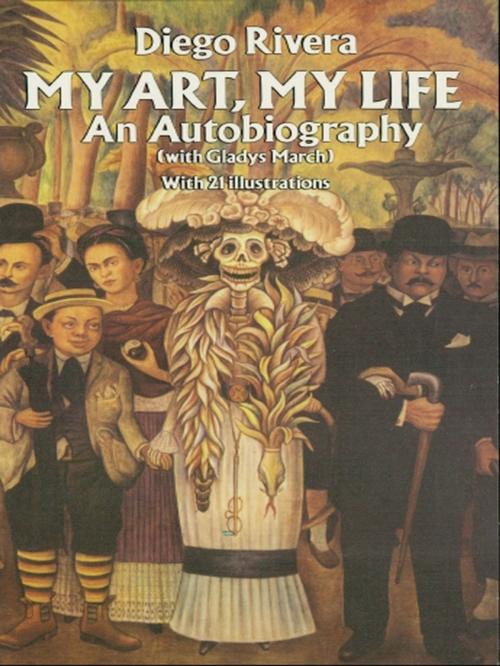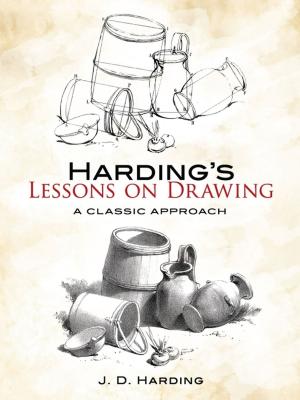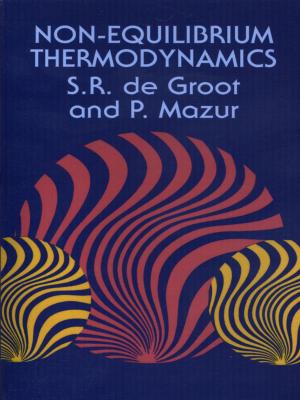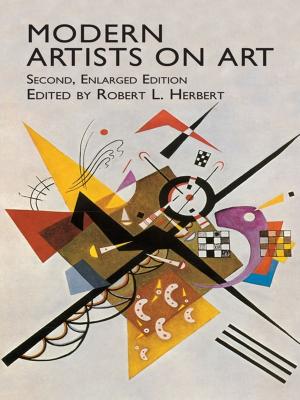My Art, My Life
An Autobiography
Nonfiction, Art & Architecture, General Art, Individual Artist, Biography & Memoir, Artists, Architects & Photographers| Author: | with Gladys March, Diego Rivera | ISBN: | 9780486139098 |
| Publisher: | Dover Publications | Publication: | April 26, 2012 |
| Imprint: | Dover Publications | Language: | English |
| Author: | with Gladys March, Diego Rivera |
| ISBN: | 9780486139098 |
| Publisher: | Dover Publications |
| Publication: | April 26, 2012 |
| Imprint: | Dover Publications |
| Language: | English |
"Engrossing as a novel … throws a clear white light on one of the most spectacular artists of our time." — Chicago Sunday Tribune
This remarkable autobiography began with a newspaper interview the artist gave journalist Gladys March in 1944. From then until the artist's death in 1957, she spent several months each year with Rivera, eventually filling 2,000 pages with his recollections and interpretations of his art and life. Written in the first person, this book is a richly revealing document of the painter who revolutionized modern mural painting, was a principal figure in launching the "Mexican Renaissance," and is ranked among the most influential artists of the twentieth century.
As the colorful narrative unfolds, Diego Rivera seems always to be in the midst of political, artistic, and romantic turmoil. As the reviewer for The New Republic observed, "Rivera reveals a keen appreciation of this prowess in art, sex, and politics, and the record seems to be complete on the series of spectacular rows he got into over all three."
The book details his bold confrontations with dictators and presidents, the battles that erupted over his murals in Rockefeller Center and the Hotel del Prado, his tempestuous marriages to Lupe Marin and artist Frida Kahlo, and much, much more. "There is no lack of exciting material. A lover at nine, a cannibal at 18, by his own account, Rivera was prodigiously productive of art and controversy." — San Francisco Chronicle. 21 halftones.
"Engrossing as a novel … throws a clear white light on one of the most spectacular artists of our time." — Chicago Sunday Tribune
This remarkable autobiography began with a newspaper interview the artist gave journalist Gladys March in 1944. From then until the artist's death in 1957, she spent several months each year with Rivera, eventually filling 2,000 pages with his recollections and interpretations of his art and life. Written in the first person, this book is a richly revealing document of the painter who revolutionized modern mural painting, was a principal figure in launching the "Mexican Renaissance," and is ranked among the most influential artists of the twentieth century.
As the colorful narrative unfolds, Diego Rivera seems always to be in the midst of political, artistic, and romantic turmoil. As the reviewer for The New Republic observed, "Rivera reveals a keen appreciation of this prowess in art, sex, and politics, and the record seems to be complete on the series of spectacular rows he got into over all three."
The book details his bold confrontations with dictators and presidents, the battles that erupted over his murals in Rockefeller Center and the Hotel del Prado, his tempestuous marriages to Lupe Marin and artist Frida Kahlo, and much, much more. "There is no lack of exciting material. A lover at nine, a cannibal at 18, by his own account, Rivera was prodigiously productive of art and controversy." — San Francisco Chronicle. 21 halftones.















